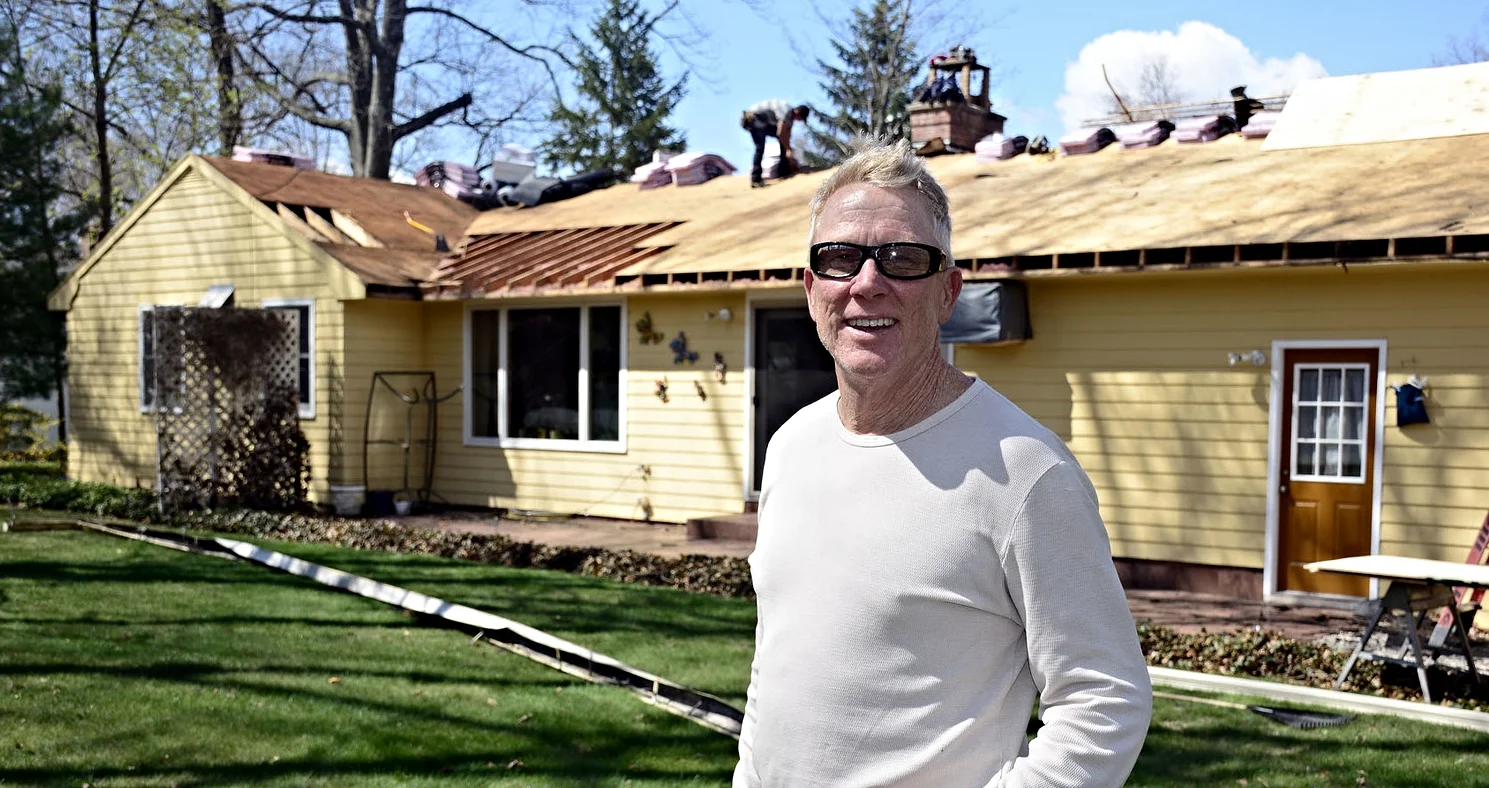Don't Let Summer Mold Set Foot In Your House
Chelsea O'Donnell
This week I heard Meteorologist Bob Maxon say that this was the worst year for mold growth in Connecticut in recent memory. It’s easy to see why. Mold cannot live without water and the record rainfall we’ve had over the past few months means that our area is a veritable feast for fungus.
Mold is made up of thousands of microscopic spores that travel through the air until they land on a surface. They love to live in places that hold water, which is why you often see mold growing on trees, roofs, and other places that stay warm and damp. Indoor mold generally develops after being carried in from the outdoors and homes that tend to hold a lot of humidity are more susceptible to an infestation. Why is this a problem? Many people are sensitive to mold and mildew, especially children and the elderly. It can cause illness, asthma, and a host of other respiratory issues. The worst part is that mold grows and spreads incredibly quickly and cannot be contained without removing its food source.
So how can you get rid of mold in your living space, or prevent it from making a home in yours? Here are my top tips.
Run a dehumidifier in your basement constantly. I have an air-tight finished basement and I still run a dehumidifier 24/7. The goal here is to keep your air humidity at or below 50%. When it’s raining, don’t be surprised if you have to dump the water hold twice a day.
Always use the extractor fan while showering or cooking. With so much water in the air from the weather, the last thing you want to do is add more inside your home. Be sure that your fans vent outside, not in the attic. Otherwise, you’ll just be redirecting the moisture to another part of the house.
Check your drainage. Gutters should be clean and in working order and your landscaping should slope away from the foundation so you don’t have standing water at the base of your home. Make sure your downspouts extend at least four feet out and away from the house.
An air conditioner is not a dehumidifier. Sure, it will remove some humidity but an air conditioner’s main function is to cool the air, rather than remove the moisture. If you find yourself running your A/C unit to control your humidity, you’re going to end up with an expensive energy bill and not too much to show for it.
Store soft goods in airtight plastic. People often put winter clothing and bedding up in the attic, which can be a breeding ground for mold if the area is not ventilated properly. Keeping the attic vented is key, good air flow can slow or even prevent mold growth.
In short, a house with high humidity is nothing to ignore. If you suspect that your home might be susceptible to mold, it’s worth purchasing an inexpensive humidity gauge called a hygrometer to find out. Remember, a mold problem can be a serious health risk to your family if not dealt with properly.
Bob O’Donnell is the owner of O’Donnell Bros. Inc., a Bristol-based home improvement company established in 1975. Email your questions for Bob to info@odonnellbros.com with the subject line “Ask the Pro.” All questions may be considered for publication. To contact Bob for your remodeling needs, call O’Donnell Bros. Inc. at (860) 589-5155 or visit http://www.odonnellbros.com. Advice is for guidance only.
